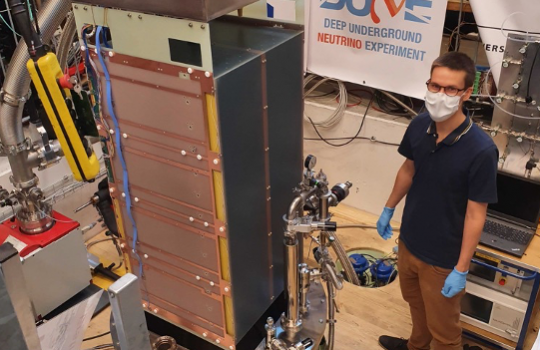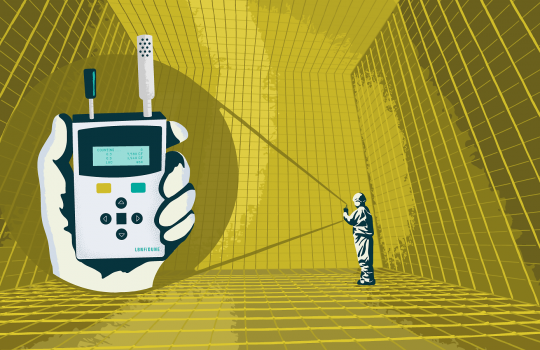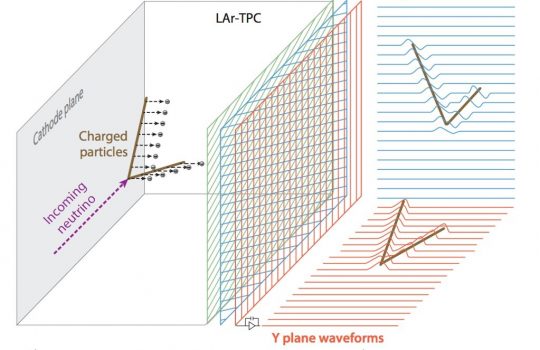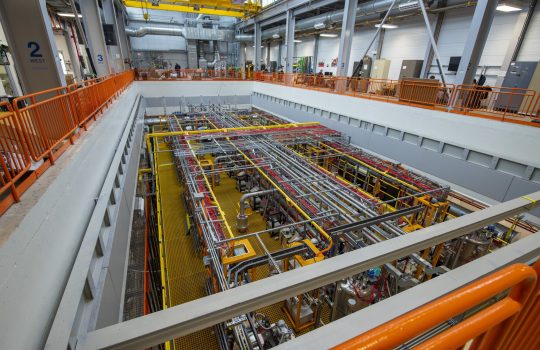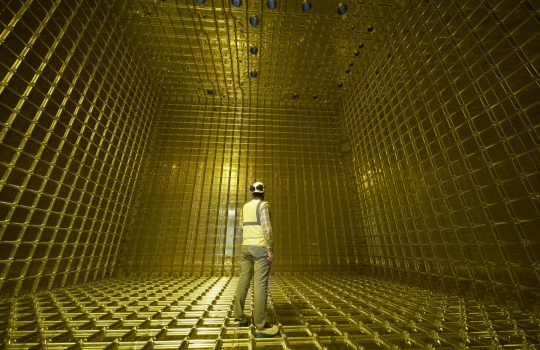U.S. Department of Energy announces $54 million to increase energy efficiency in microelectronics technology
From the DOE Office of Science, Aug. 25: The DOE Office of Science announced 10 DOE national laboratory projects, including one led by Fermilab, have been selected to receive funding as part of research related to microelectronics co-design. Senior engineer Davide Braga’s work on hybrid cryogenic detector architectures for sensing and edge computing enabled by new fabrication processes was chosen as one of the 10 awards.


